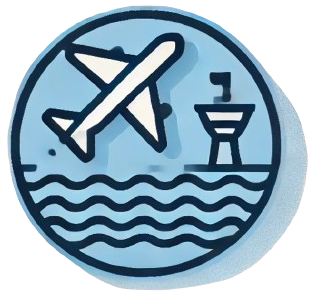When it comes to painting large commercial airplanes
One might wonder just how much paint is necessary to cover such vast surfaces. The Boeing 747, known for its iconic humpbacked silhouette, is one of the largest passenger aircraft in the world, which inherently means it demands considerable resources when it comes to maintenance and aesthetics. So, how much paint does it take to paint a 747?
The Quantity of Paint Needed
To properly cover the fuselage of a Boeing 747, approximately 120 gallons of paint are required. This quantity may seem staggering at first glance, but it aligns with the overall dimensions and design of the aircraft. For large airplanes, more significant paint volume is essential due to not only the size of their bodies but also the need for multiple coats to ensure durability and a striking finish. A paint job on an airplane isn’t merely about the aesthetic; it also plays a vital role in protecting the airframe from environmental factors such as corrosion and UV damage.
Comparative Paint Requirements
In contrast to a Boeing 747, other commercial aircraft have varying requirements based on their size and design. For example, a Boeing 737 typically uses around 50 gallons of paint to achieve full coverage. This is a significant decrease from the 747, reflecting the latter’s larger surface area and more complex graphics that often accompany its design. Below is a comparative summary of paint requirements for different aircraft:
| Aircraft Model | Paint Required (Gallons) |
|---|---|
| Boeing 747 | 120 |
| Boeing 737 | 50 |
| Boeing 777 | 100-200 (estimation) |
Even smaller aircraft or those that might seem relatively comparable still require different amounts of paint, highlighting the diverse requirements of the aviation industry.
The Cost and Time Involved
Beyond just the quantity of paint, the financial and time investment involved in painting a large aircraft like a 747 can be quite substantial. The cost to repaint a large airplane can range widely depending on various factors, including the paint type and complexity of the design. While repainting a Boeing 777 can cost anywhere from $100,000 to $200,000 and take up to two weeks, we can only estimate that a similar process for a 747, given its larger size, would be comparable if not more expensive and time-consuming.
Preparation Is Key
Painting an aircraft goes far beyond simply applying paint. The preparation process is extensive and critical for a successful outcome. It involves sanding, repairing, and masking the airplane correctly, which can take up to 70 percent of the total time spent on the project. A meticulous approach is essential to ensure that the final paint job lasts and meets the stringent standards of aviation safety and aesthetics. For those contemplating a DIY approach, it’s crucial to recognize that the complexity of preparation scales up significantly when dealing with an airplane compared to painting a room in your home.
Conclusion
In summary, painting a Boeing 747 requires approximately 120 gallons of paint, coupled with significant financial and time investments. What may seem like a simple task involves a great deal of preparation and expertise, ensuring that the aircraft not only looks good but is also well protected. As the aviation industry continues to grow and evolve, understanding the intricacies of aircraft maintenance, including painting, remains paramount for airline operators and service providers alike.
